
Bethany Brookshire was a longtime staff writer at Science News Explores and is the author of the book Pests: How Humans Create Animal Villains. She has a B.S. in biology and a B.A. in philosophy from The College of William and Mary, and a Ph.D. in physiology and pharmacology from Wake Forest University School of Medicine. She was a 2019-2020 Knight Science Journalism Fellow at MIT, the winner of the Society for Neuroscience Next Generation Award and the Three Quarks Daily Science Writing Award, among others.

All Stories by Bethany Brookshire
-
 Brain
BrainOw! These cells might help brains remember pain and fear
The brain may learn from traumatic experiences with the help of special cells, a new study finds. Scientists used to think these cells, called astrocytes, were just there to support others.
-
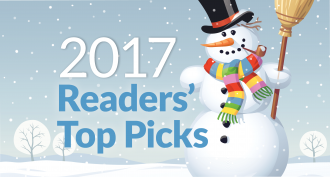
Here’s the science you loved most this year
From dinosaur deaths to screen time, here’s the science stories you were reading this year.
-
 Physics
PhysicsScientists Say: Laser
A laser is a device that emits a strong, narrow beam of light. “Laser” is actually an acronym, and stands for “light amplification by stimulated emission of radiation.”
-
 Ecosystems
EcosystemsScientists Say: Bog
Bogs are a type of wetland in which partially decayed plants sink down and form peat.
-
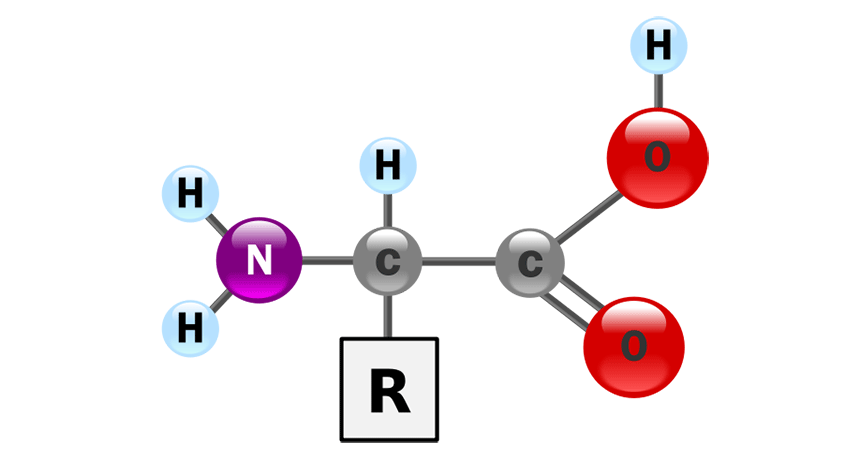 Chemistry
ChemistryScientists Say: Amino Acid
Amino acids are small molecules that make up proteins and serve as messengers in our cells.
-
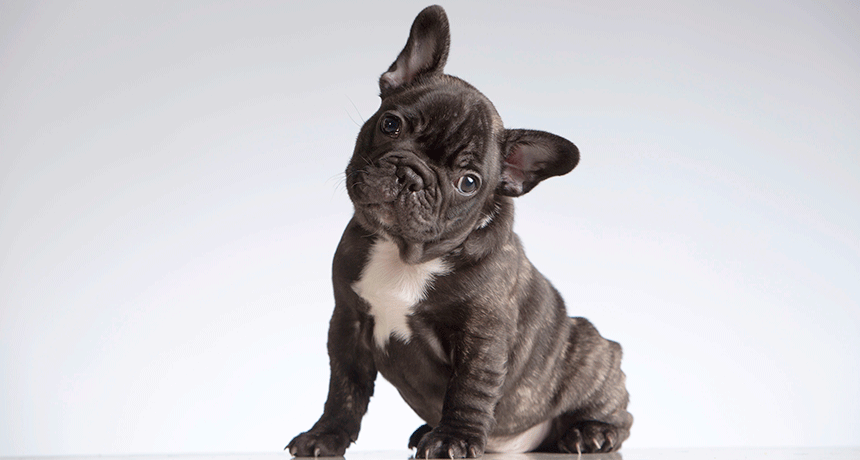 Health & Medicine
Health & MedicineScientists Say: Vestigial
This adjective is used to describe something — like a body part or organ — that doesn’t have a function. Often it is smaller or less developed than the functional version in another species.
-
 Earth
EarthScientists Say: Ionosphere
The ionosphere is a region of the Earth’s upper atmosphere. The molecules there absorb ultraviolet light and reflect radio waves.
-
 Chemistry
ChemistryKnowing what you don’t know can help your grades improve
Students who don’t know much tend to be overconfident. A new study shows how bursting their bubbles can help their grades.
-
 Animals
AnimalsScientists Say: Luminescence
Light and heat don’t always have to go together! Luminescence is what occurs when a substance emits light without making heat.
-
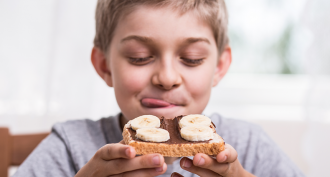 Brain
BrainA cell hookup helps the tongue tell sweet from sour
To keep your sense of taste, new taste cells need to hook up to your brain every few weeks. Now, scientists have figured out how they do it.
-
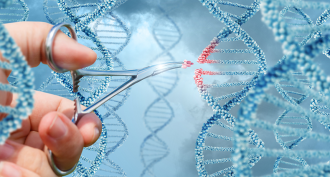 Genetics
GeneticsExplainer: Why scientists sometimes ‘knock out’ genes
How do we learn what a particular molecule does in the body? To find out, scientists often 'knock out' the gene that makes it. Here’s how.
-
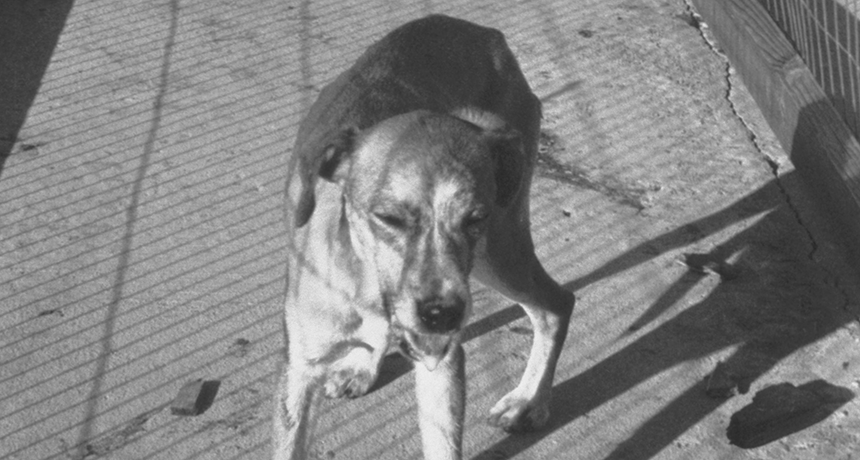 Health & Medicine
Health & MedicineScientists Say: Rabies
Rabies is a disease caused by the rabies virus. There is a vaccine, but without it, people and animals can die from this disease.